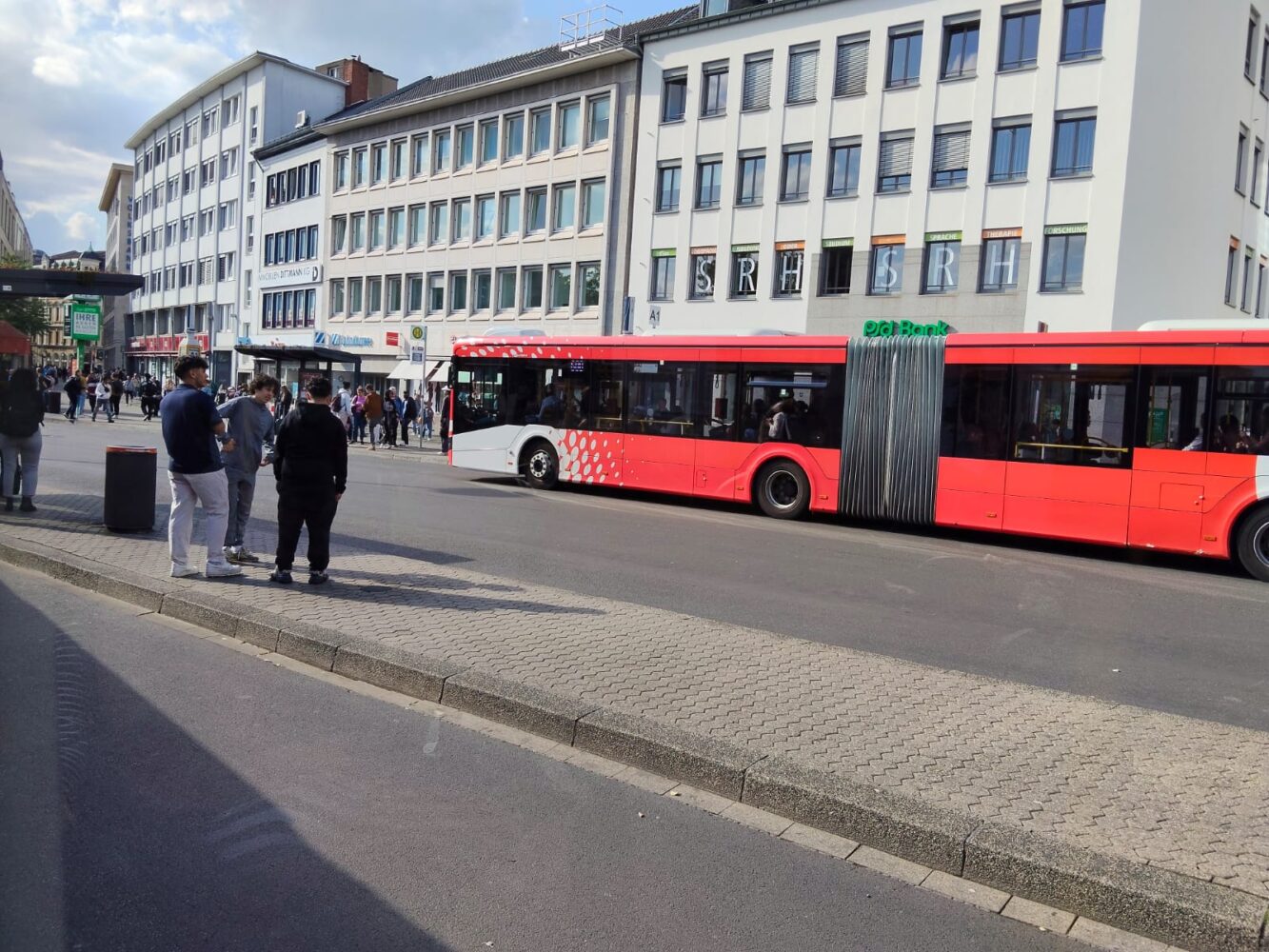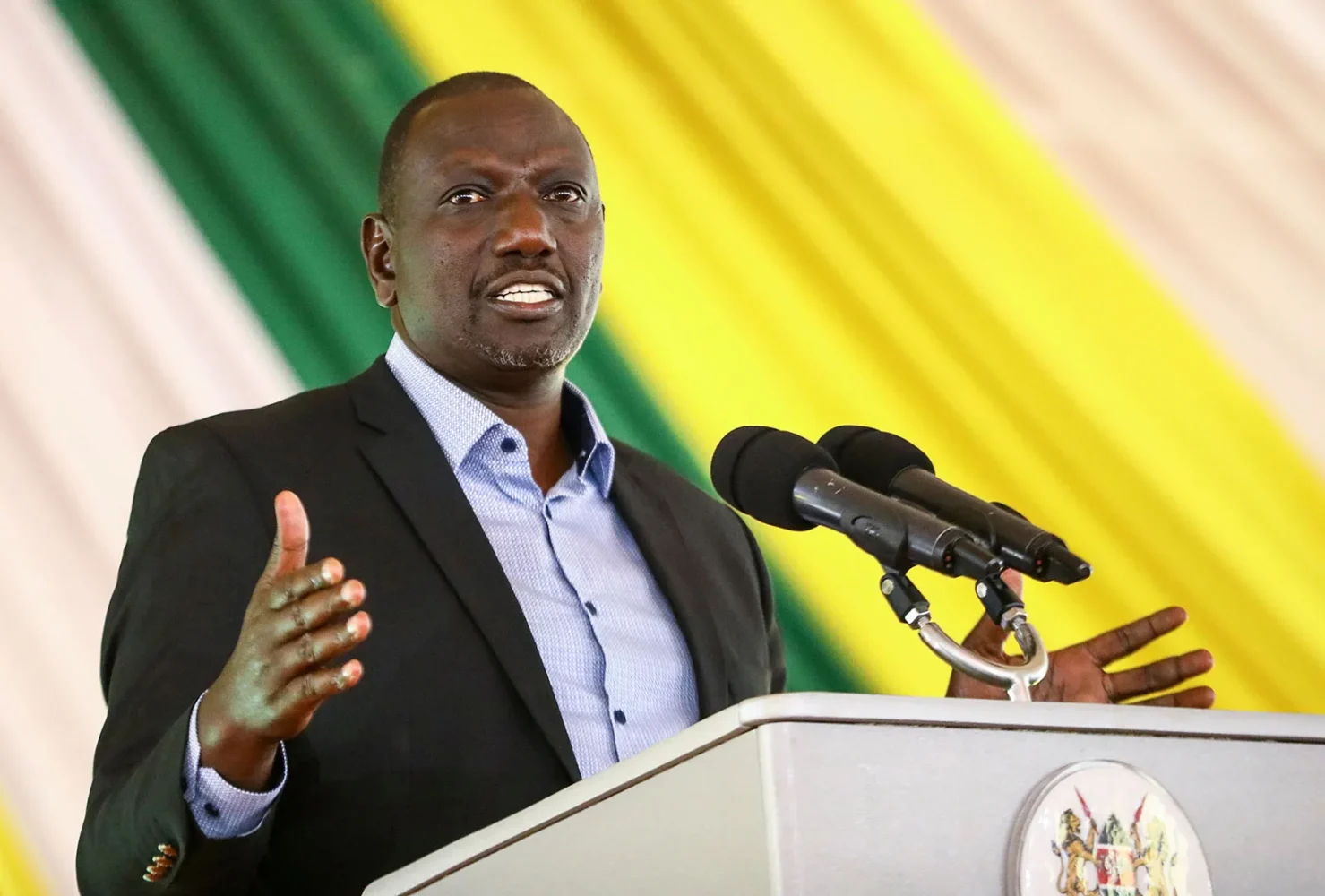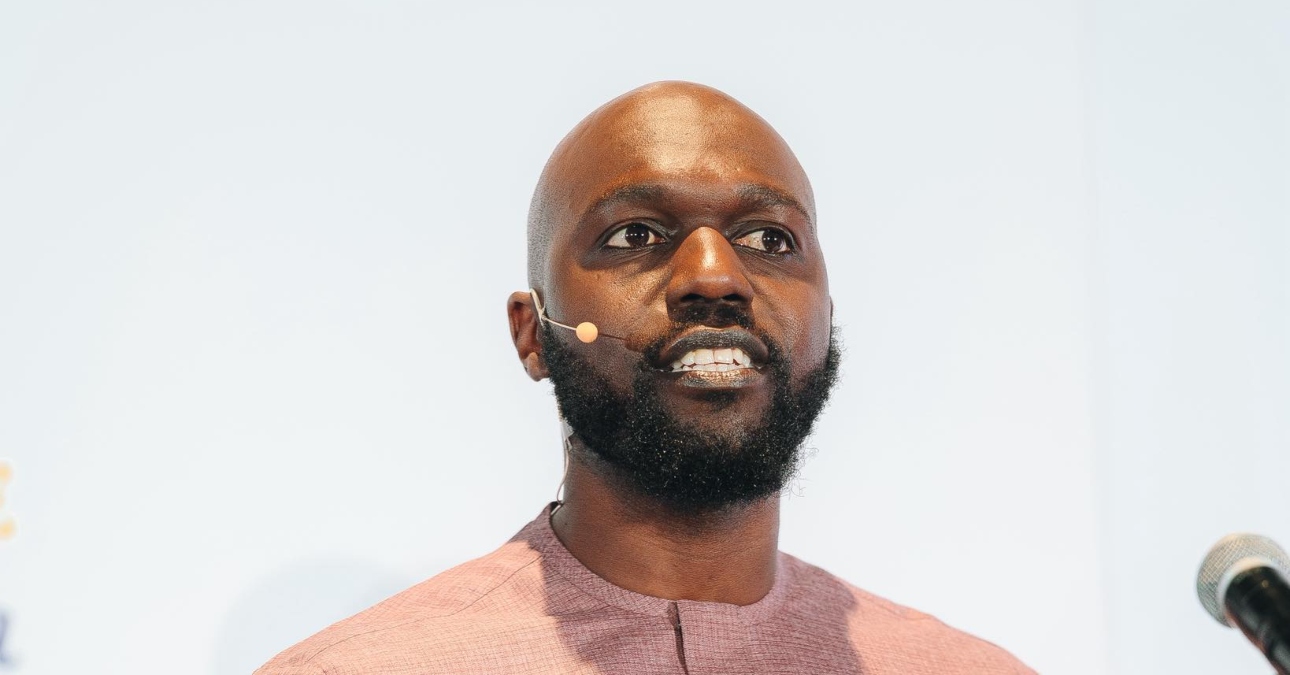From unpredictable matatu stops to the never-ending traffic jams and overlapping boda bodas, Kenya’s roads often feel like a daily battle for space, sanity and safety.
But just a few hours in the German cities where order, timeliness and seamless connections define public transport makes you realize how much better urban mobility can be.
Germany’s transport system is one of the most efficient, integrated and reliable in the world. The country has successfully created a seamless network that connects cities, towns, and rural areas with precision and punctuality.
Trains, trams, buses, subways (U-Bahn), and regional trains (S-Bahn) all operate under a single and coordinated timetable.
Just one ticket often covers multiple transport modes, making movement smooth, convenient and affordable without having to pay for transport multiple times based on how often you travel. Unlike Kenya where each stage or mode requires separate payments, Germany’s system is designed to simplify mobility and reduce travel costs.
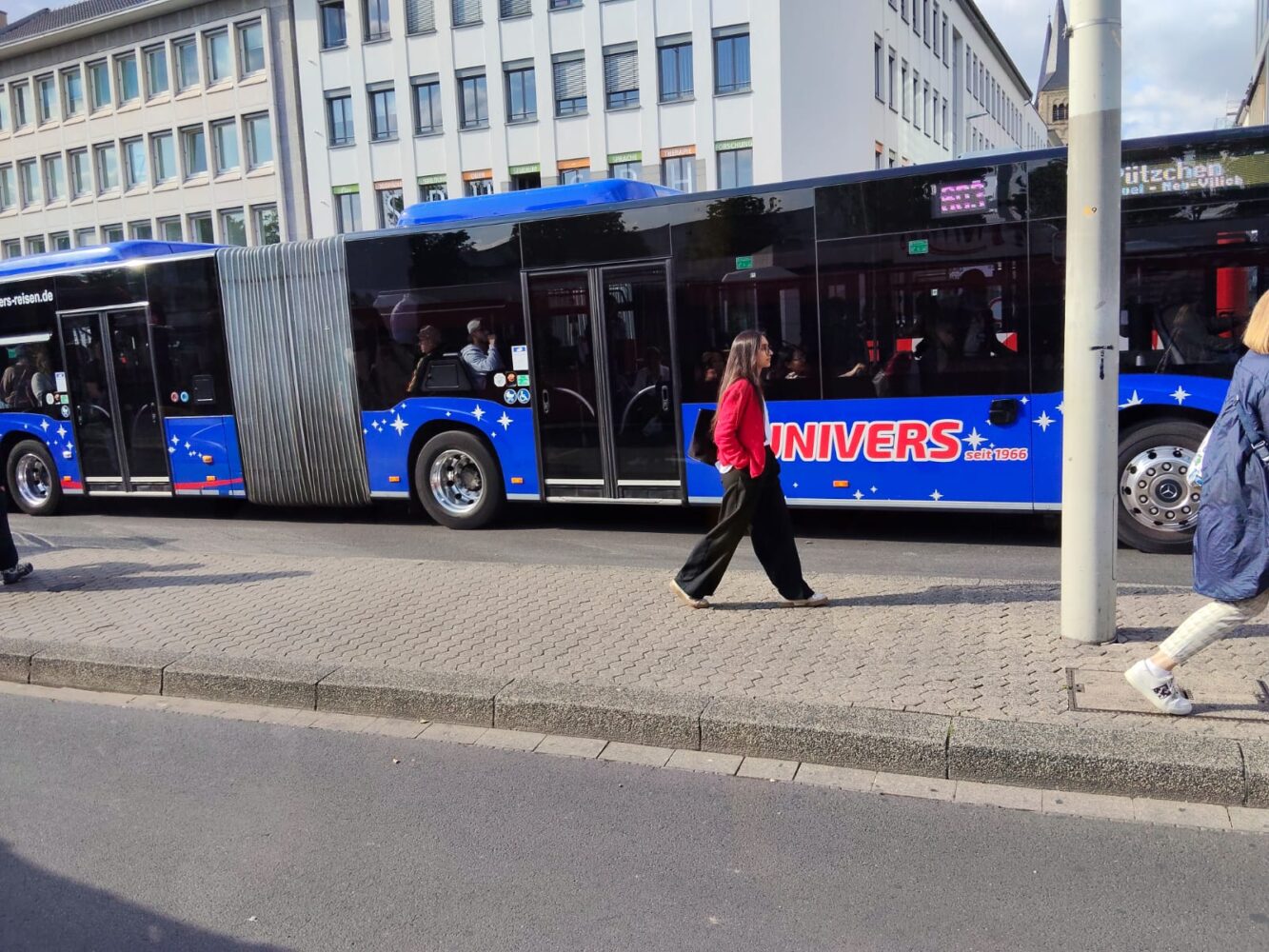
Just like other developed countries, trains, trams and buses run on time, and delays are communicated early and clearly.
Public transport is extremely reliable even in smaller towns, thus reducing the need for private cars. In Kenya and most parts of Africa, the lack of reliable and integrated public transport network has forced many people to rely on private cars and motorbikes (bodaboda), significantly increasing the number of vehicles on the road, thus daily traffic transport.
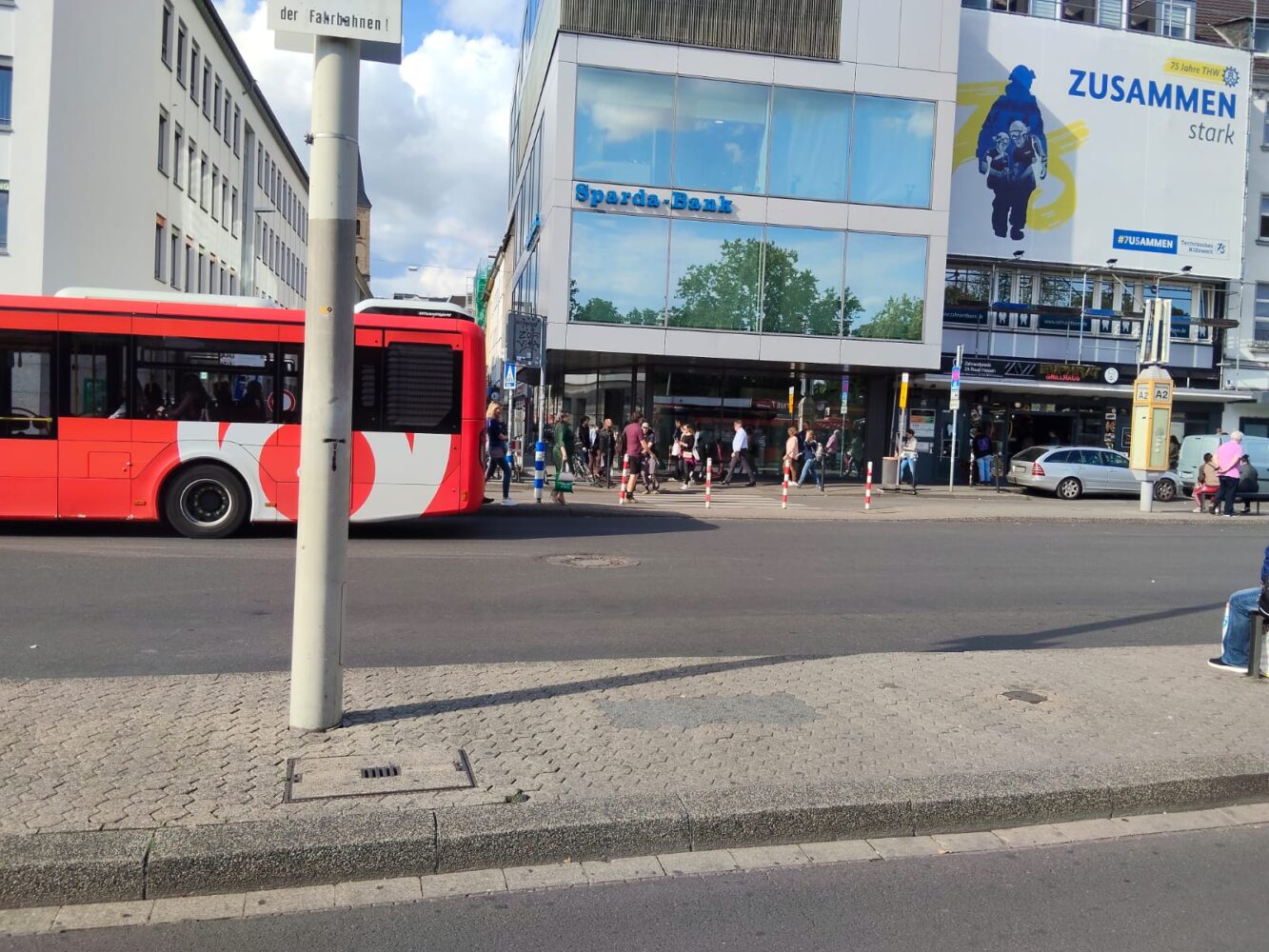
If you are used to the endless matatu hooting, unpredictable schedules, accidents and crazy traffic jams in Kenya, stepping into Germany’s transport system feels like entering another world.
From the moment you land, you are met with order, clarity and convenience, whether you are using a high speed train in Bonn, a tram in Frankfurt or a bus in Berlin.


